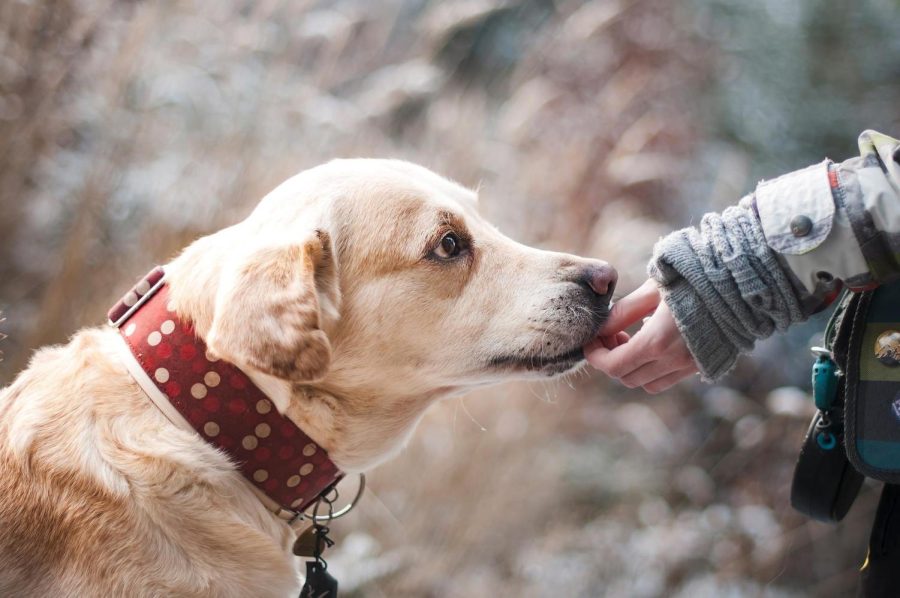Paw-sitive Attitudes: Therapy Dogs for Student Mental Health
June 21, 2022
There’s a national emergency. No, not from the federal government tackling national security issues. This national emergency was declared by the American Academy of Pediatrics. It’s a national emergency in children’s mental health.
“The Anxious Generation.” That’s what Millennials and members of Gen-Z are referred to as. And it makes sense. One in six youth aged 6-17 experience a mental health disorder, 67% of 18-24 year olds with anxiety or depression don’t seek treatment, and suicide is the second leading cause of death among ages 10-34. Over the pandemic, it isn’t just people suffering from anxiety or depression who are struggling: most of us have experienced isolation or anxiety in some way, shape, or form. Most of us are all too familiar with the queasy sensation that fills our stomach before an exam. Most of us are well-versed with the anxious leg shaking in classrooms or the suffocating sensation when a teacher cold calls you at the least expected moment. Most of us can say, we’re stressed.
If we’re being honest here, the source of our stress (mostly school) isn’t likely going away anytime soon. But students are suffering, so surely, something must be done. And by something, I mean canines.
Dogs are a “man’s best friend”: little balls of joy that brighten their human companions’ day. But dogs are more than just fun: it’s been shown that they have an actual impact on health. A recent study done by a group of Canadian researchers discovered that when a patient in an emergency room spends just ten minutes with a dog, their overall well-being is improved: these patients report both lower pain and lower anxiety. It’s been found that people who interact with therapy dogs have been able to lower their blood pressure and experience physical stimulation. Sure, most students don’t exactly share the same health issues of a typical ER patient, but these studies highlight the potential health impacts of interacting with dogs: if it applies in hospital rooms, surely, it should be applicable in classrooms. But aside from the obvious health benefits, it’s been proven that therapy dogs boost self-esteem, stimulate memory and problem-solving skills, and encourage interactions between people.
The idea of bringing dogs into a school setting can bring its own set of concerns and doubts. What about students who have allergies? A fear of dogs? Dogs are hyper: couldn’t this situation easily lead to chaos? How is it possible for the school to maintain its sanitary and safe conditions? These are all valid concerns. But they’re also manageable ones. There are organizations that specifically breed dogs that are hypoallergenic: not a problem for allergic students. These dogs are highly trained to be in a school environment: chaos is unlikely to be unleashed. And no one will be forever to interact with dogs unless they want to: this is completely voluntary.
Still, dogs in school seem a bit far-fetched. But this idea has successfully been implemented in schools across the globe. In Michigan, public school districts are distributing a portion of their COVID-19 relief funds towards bringing therapy dogs to schools. And it’s working. Traci Souva, an art teacher for North Huron School District who handles Chipper, a golden retriever, said, “He’s kind of like a rock star; when the kids see him coming, they smile. A lot of times the kids will tell Chipper what’s wrong rather than adults, and that’s pretty magical.” In 2011, the Lillian Goldman Law Library at Yale introduced therapy dogs: the law students loved it. Recently, the University College London hosted Mental Health Day. The main attraction? You guessed it: dogs. But if you really need evidence of a successful therapy dog program, look no further than our very own rivals. Great Neck North High has its own therapy dog, Saki. If they can do it, so can we.

















